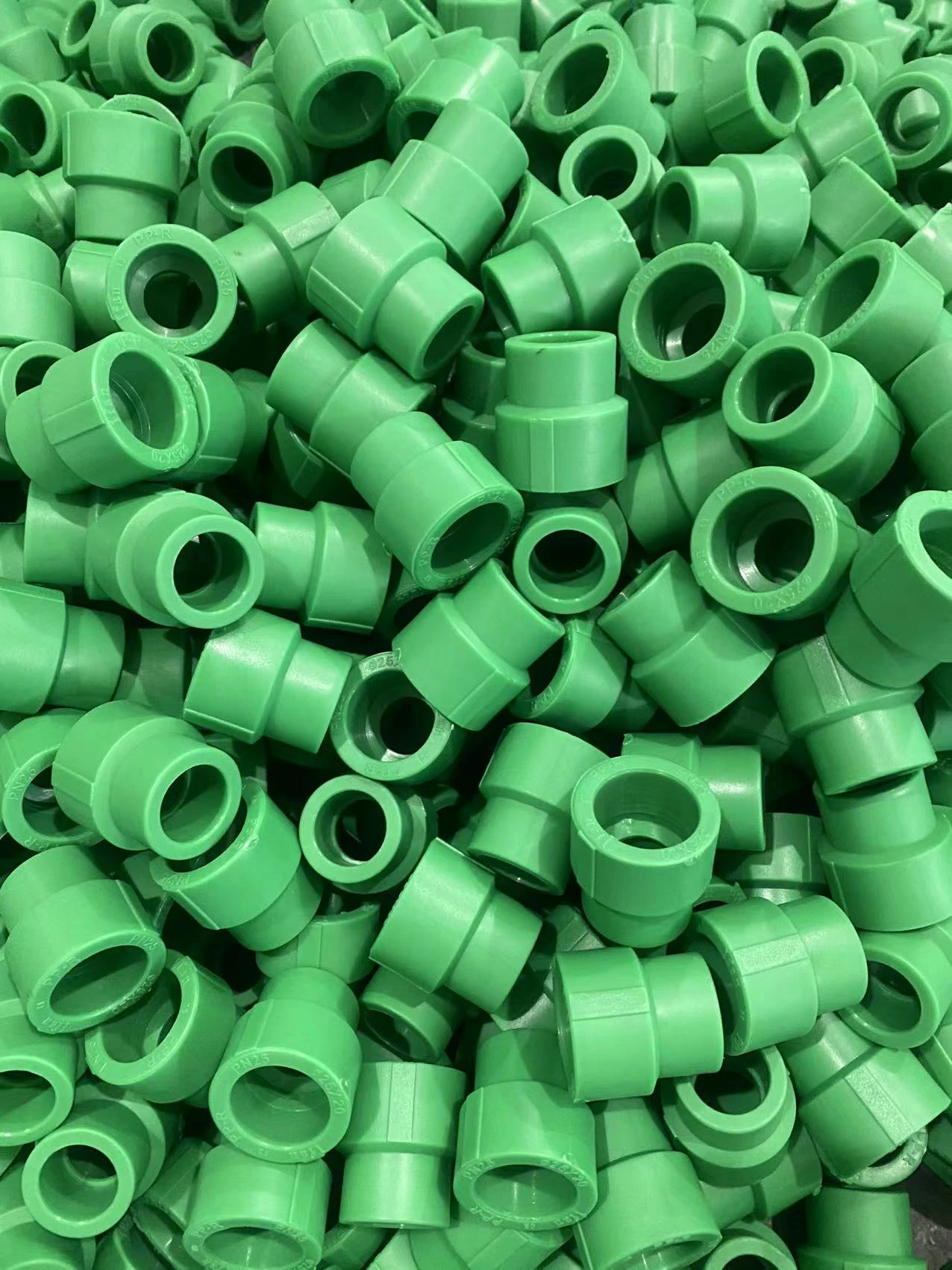Introduction
In the realm of plumbing solutions, durability is a non-negotiable factor that directly impacts the longevity and reliability of infrastructure. PPR (Polypropylene Random Copolymer) fittings have gained prominence for their exceptional durability, standing the test of time in various plumbing applications. This article delves into the factors that contribute to the long-term durability of PPR fitting, exploring their resistance to corrosion, ability to withstand temperature variations, and impact on reduced maintenance needs.

1. Corrosion Resistance: A Cornerstone of PPR Fittings’ Durability
Inherent Immunity to Corrosion:
- Polypropylene’s Corrosion-Resistant Nature: Introduce the inherent corrosion resistance of polypropylene, the primary material in PPR fitting. Unlike traditional metal fittings, PPR fittings do not corrode when exposed to aggressive substances, ensuring their structural integrity remains intact over time.
- Ideal for Aggressive Environments: Discuss the suitability of PPR fitting for applications in aggressive environments. In industries where corrosive substances are prevalent, PPR fitting shine as a durable solution that withstands the challenges posed by corrosive elements, contributing to the fittings’ long-term performance.
Preserving Water Quality:
- Untainted Water Conveyance: Emphasize how PPR fitting contribute to preserving water quality. The corrosion-resistant nature of PPR ensures that the water conveyed through the plumbing system remains untainted, meeting the highest standards for purity and safety in both residential and industrial applications.
- Efficiency in Potable Water Systems: Discussing the efficiency of PPR fittings in potable water systes, where water quality is crucial. The long-term durability ensures sustained performance, reducing contamination risks and the need for frequent replacements.
2. Temperature Stability: Enduring Extremes with PPR Fittings
Performance in Temperature Variations:
- Optimal Functionality Under Heat and Cold: Explore how PPR fittings demonstrate optimal functionality under both high and low-temperature conditions. The material’s stability across a broad temperature range contributes to the fittings’ ability to endure extreme weather variations and seasonal changes.
- Preventing Thermal Degradation: Highlight the prevention of thermal degradation in PPR fittings. Even under high-temperature conditions, PPR fittings maintain their structural integrity, ensuring that their performance is not compromised by thermal stress over extended periods.
Resilience in Outdoor Installations:
- Versatility for Outdoor Plumbing: Discuss the versatility of PPR fitting for outdoor plumbing installations. The temperature stability of PPR makes it a reliable choice for projects where the plumbing system is exposed to sunlight and varying weather conditions, contributing to the long-term resilience of the fittings.
- Reducing Material Degradation: Illustrate how the resilience of PPR fitting in outdoor settings minimizes material degradation. The fittings’ ability to withstand environmental factors contributes to their extended lifespan and reduced maintenance requirements.
3. Reduced Maintenance Needs: The Economic and Practical Impact of Durability
Longevity and Reduced Replacements:
- Extended Lifespan of PPR Fittings: Discuss the extended lifespan of PPR fitting as a result of their durability. The robust nature of PPR ensures that the fitting last longer, minimizing the frequency of replacements and the associated costs.
- Cost-Efficiency in the Long Run: Emphasize the cost-efficiency of PPR fitting over the long run. While the initial investment may be slightly higher than some alternatives, the reduced maintenance needs and longevity of PPR fitting contribute to substantial cost savings in the lifecycle of plumbing systems.
Environmental Impact:
- Sustainability Through Durability: Highlight how the durability of PPR fitting aligns with sustainability goals. The reduced need for replacements means less material waste, contributing to environmentally conscious practices and aligning with global efforts towards sustainability.
- Minimizing Disruption in Plumbing Systems: Discuss how the durability of PPR fittings minimizes disruptions in plumbing systems. The need for maintenance or replacements is less frequent, ensuring a consistent and reliable water distribution network without the interruptions caused by deteriorating fittings.
Conclusion
In conclusion, the long-term durability of PPR fittings distinguishes them as a reliable and sustainable choice for plumbing systems. Their corrosion resistance, temperature stability, and reduced maintenance needs make PPR fittings a practical and cost-effective investment. As the plumbing industry prioritizes resilience and sustainability, PPR fittings stand as a testament to the enduring strength of materials contributing to the reliability and longevity of plumbing infrastructure.
Contact
IFAN is a Chinese manufacturer of plastic pipes, fittings and valves with 30 years of experience. If you are interested in IFAN’s PPR, valves, pipes and fittings, please contact us. IFAN offers you a variety of standard pipes to meet your specific needs. Click below to learn more about IFAN’s wide range of high-quality, cost-effective plastic pipe fittings.
We will reply your email or fax within 24 hours.
You can call us at any time if there is any question on our production.
For more information,pls visit our webside https://www.ifanplus.com/
Pls Mailto: [email protected]






